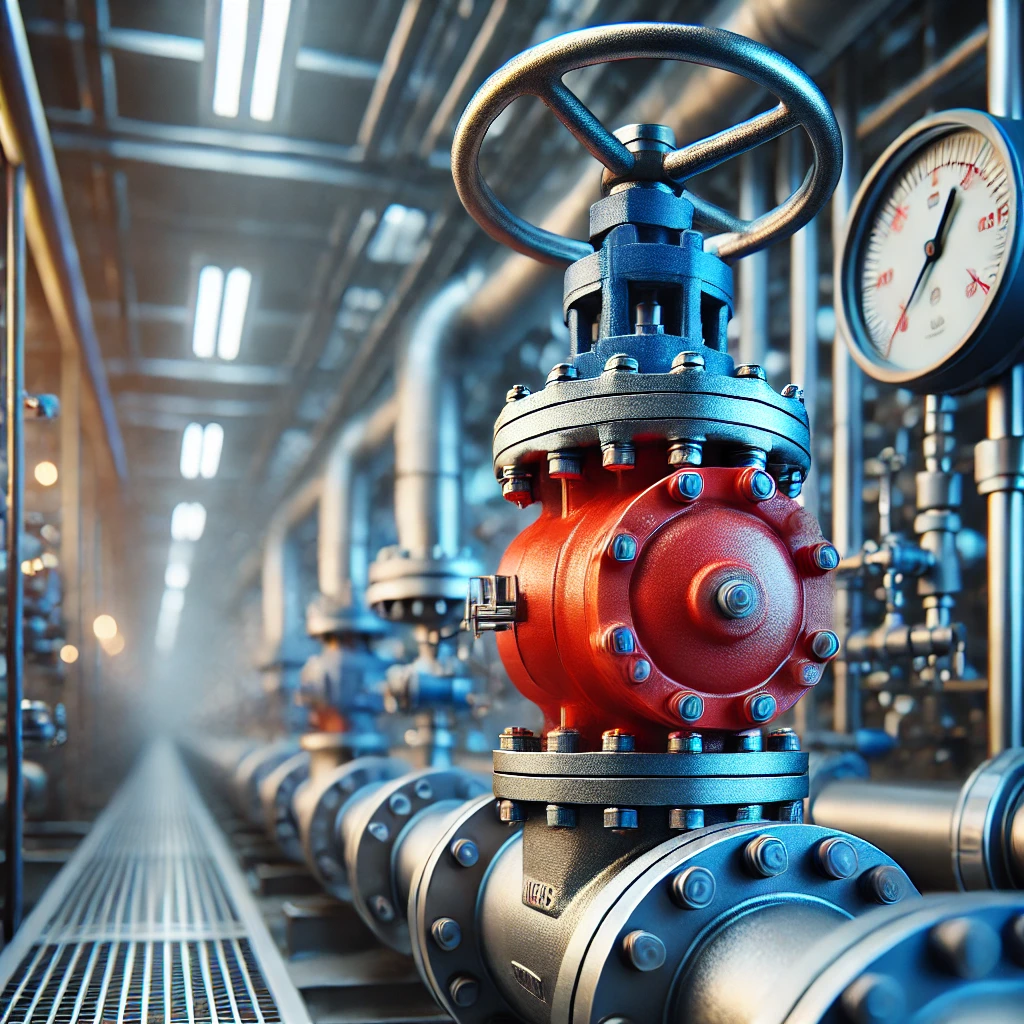Understanding Pressure Relief Valves: Essential Safety Components in Fluid Systems
⬅ Back to Posts
Pressure relief valves (PRVs) are critical components in various industrial and domestic systems, safeguarding equipment and personnel by preventing excessive pressure buildup. These valves are a cornerstone of system safety, ensuring operations run smoothly while avoiding catastrophic failures.
What is a Pressure Relief Valve?
A pressure relief valve is a safety device designed to release excess pressure from a system when it exceeds a predetermined limit. This prevents damage to equipment, piping, or even explosions. Once the pressure returns to safe levels, the valve reseats to maintain normal operation.
How Do Pressure Relief Valves Work?
PRVs operate on a simple yet effective principle:
- Set Pressure Activation: The valve remains closed under normal conditions but opens when the system pressure surpasses the set threshold.
- Pressure Discharge: The excess pressure is vented to a safe location, reducing system pressure.
- Resealing: The valve automatically closes when the pressure normalizes, ensuring minimal disruption to operations.
Key Components of a Pressure Relief Valve
- Spring or Diaphragm: Determines the set pressure at which the valve activates.
- Inlet and Outlet Ports: Channels through which fluid enters and exits the valve.
- Seat and Disc: Components that seal the valve, maintaining pressure integrity under normal conditions.
- Adjustment Mechanism: Allows operators to set the desired pressure threshold.
Applications of Pressure Relief Valves
PRVs are indispensable in numerous industries, including:
- Oil and Gas: Preventing pressure surges in pipelines and refineries.
- Chemical Processing: Safeguarding reactors and storage tanks from overpressure.
- Power Generation: Protecting boilers and turbines.
- Water Systems: Preventing pressure spikes in municipal water supplies or industrial systems.
Types of Pressure Relief Valves
- Direct Acting PRVs: Simple designs that respond directly to system pressure, suitable for low-pressure applications.
- Pilot-Operated PRVs: Advanced valves that use a pilot mechanism to handle high pressures with greater precision.
- Thermal Relief Valves: Specifically designed to relieve pressure caused by temperature-induced expansion of fluids.
- Vacuum Relief Valves: Prevent vacuum conditions that could damage tanks or pipelines.
Key Benefits of Pressure Relief Valves
- Safety Assurance: Protects systems and personnel from overpressure hazards.
- Equipment Longevity: Reduces wear and tear by maintaining optimal pressure levels.
- Compliance with Regulations: Meets industry standards for safety and operational efficiency.
- Cost Savings: Prevents costly repairs and downtime caused by pressure-related failures.
Selecting the Right Pressure Relief Valve
When choosing a PRV, consider:
- Set Pressure Range: Ensure it aligns with your system’s operational limits.
- Flow Capacity: The valve must handle the maximum possible flow without compromise.
- Material Compatibility: Match the valve material to the fluid type to avoid corrosion or wear.
- Environmental Factors: Consider temperature, humidity, and potential contaminants.
Maintenance Tips for Optimal Performance
To ensure PRVs operate effectively:
- Regular Inspections: Check for wear, corrosion, and proper sealing.
- Functional Testing: Periodically test the valve to verify its response at the set pressure.
- Cleaning: Remove debris that might impede valve operation.
- Documentation: Maintain a log of inspections and maintenance activities for compliance and troubleshooting.
Conclusion
Pressure relief valves are an essential safety feature in fluid systems, offering a reliable means of pressure management. By selecting the right valve and adhering to a robust maintenance schedule, industries can ensure operational safety, protect valuable equipment, and comply with regulatory standards.
Understanding and investing in high-quality PRVs not only enhances system performance but also safeguards lives and infrastructure.
